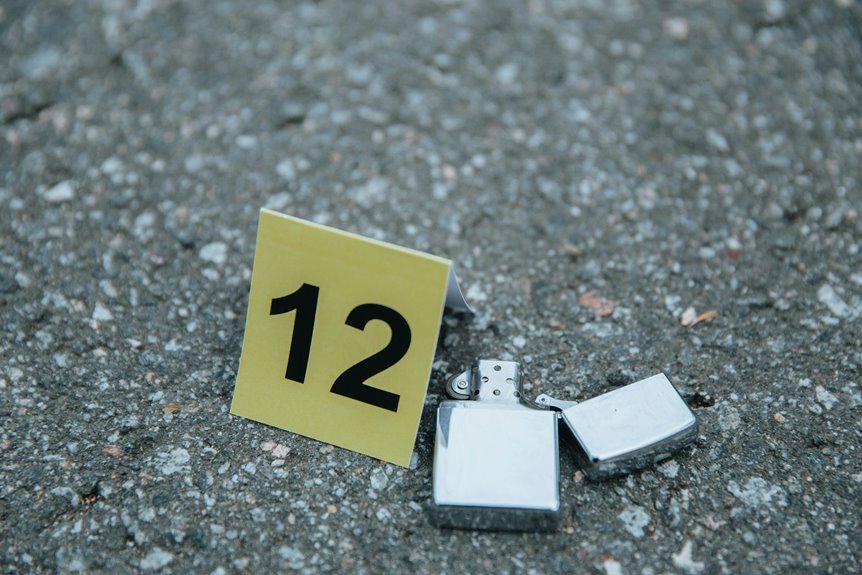10312 What Number Is This: Investigating Call Origins
The number 10312 has emerged as a point of curiosity in telecommunications. It often raises questions about its true purpose and the identity of the callers behind it. As users encounter this number, they may wonder whether it is linked to legitimate services or potential scams. Understanding its origins and intentions could reveal important insights. What might this mean for those who receive calls from 10312? The implications are worth examining further.
Understanding the Basics of Caller Identification
Although caller identification has become a commonplace feature in modern telecommunications, its underlying mechanisms warrant a closer examination.
The technology relies on databases that link phone numbers to user identities, enriching communication experiences. This system not only enhances security but also influences phone etiquette, as individuals can choose whether to answer based on the displayed caller ID, promoting informed decision-making in an increasingly connected world.
Possible Origins of the Number 10312
What could be the origins of the number 10312?
The number’s significance may lie in its structure, possibly indicating a service or organization.
Alternatively, it could represent a system designed for caller anonymity, shielding the true identity of the caller.
Investigating these angles offers insights into the nature of communications associated with 10312, raising questions about its purpose and legitimacy.
Analyzing Caller Intentions: Legitimate or Spam?
How can one discern the intentions behind calls originating from the number 10312?
Understanding caller motivations is essential for effective spam detection. Analyzing patterns in the content, frequency, and context of these calls can reveal whether they are genuine inquiries or attempts to solicit unwanted information.
This analytical approach empowers individuals to make informed decisions about engaging or dismissing such communications.
What to Do if You Receive a Call From 10312
When receiving a call from the number 10312, individuals often find themselves questioning the legitimacy of the communication.
A prudent call response involves first verifying the caller’s identity. If privacy concerns arise, it may be wise to refrain from sharing personal information.
Additionally, researching the number online can provide clarity and help determine whether the call is genuine or potentially harmful.
Conclusion
In an age where every ringtone could herald a scam, the mystery of 10312 beckons for deeper inquiry. Is it a beacon of legitimate communication or merely a harbinger of unsolicited intrusion? As users navigate this treacherous landscape of calls, understanding the nuances of such numbers becomes paramount. Ultimately, vigilance is not just a choice but a necessity—will you heed the call to discern the genuine from the dubious?






